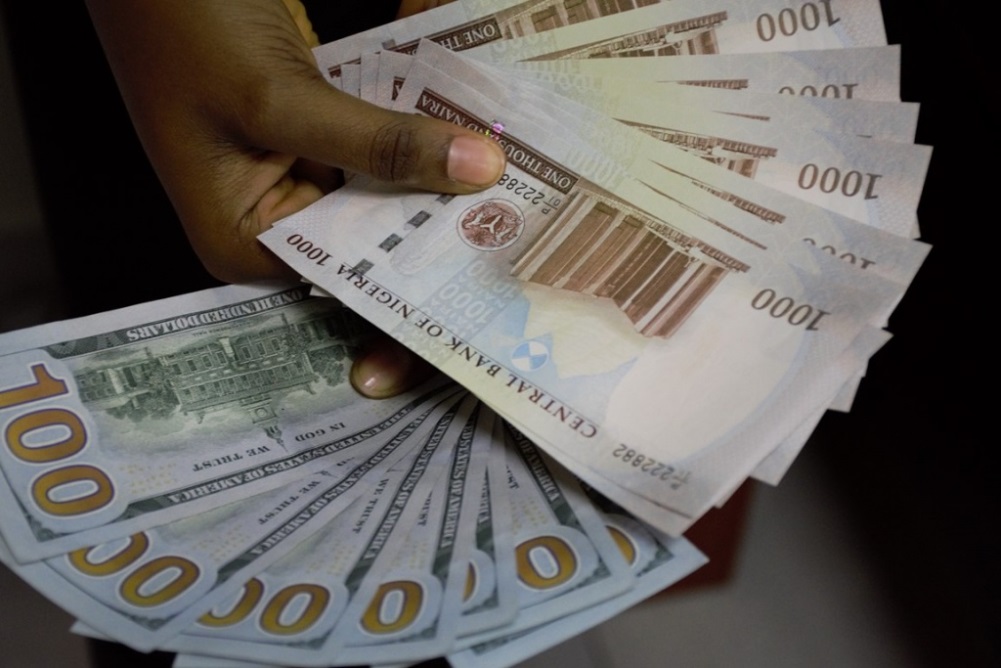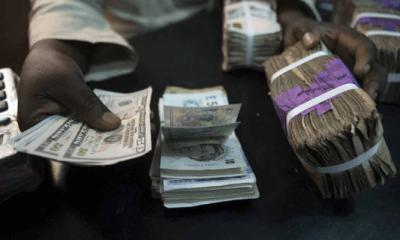Its latest credit outlook for the country, global credit ratings agency Fitch, says the lack of clarity over the precise size and composition of Nigeria’s foreign reserves remains a significant constraint on the nation’s sovereign credit profile.
The report also noted that Nigeria’s gross foreign reserves have seen a decline, falling from $34.4 billion in mid-March to $32.2 billion by the end of April.
Fitch noted that the reduction partly reflects debt repayments and forex sales to Bureau de Change operators to bolster the currency.
This sentiment was also shared by the CBN governor, Yemi Cardoso, who recently said that the decreasing reserves were primarily due to debt repayments and other standard financial obligations, rather than efforts to defend the naira.
“Uncertainty continues over the net forex reserve position, with a particular lack of clarity on near USD32 billion of ‘forex forwards, OTC futures, and currency swaps’ recorded as an off-balance sheet “commitment” in CBN’s last consolidated financial statement for 2022.
“Fitch estimates around 30 per cent of Nigeria’s reserves are made up of forex bank swaps, although we expect most of these to continue to be rolled over.”
READ ALSO: How CBN fails to account for $4.5 billion in foreign reserves between 2018 and 2019
Despite these concerns, Fitch anticipates that most of the forex bank swaps will continue to be rolled over, which could provide some temporary stability in the reserves management.
Further insights from the report indicate a recent upswing in non-resident inflows into Nigeria, driven by a greater formalization of forex activities and tighter monetary policy measures.
This shift has sparked a notable appreciation of the Naira at the official forex window, following a substantial 71 per cent depreciation from June 2023 through mid-March 2024.
AdvertisementDespite this recovery, Fitch stated that the exchange rate remains volatile and continues to pose risks to economic stability.
Looking ahead, Fitch projects a steady current account surplus, averaging 0.5 per cent of Gross Domestic Product (GDP) for 2024-2025, supported by an expected modest increase in oil production and remittances.
However, the foreign reserves are projected to diminish to cover just 4.2 months of current external payments by the end of 2024, aligning with the ‘B’ median.
“Gross foreign reserves fell to USD32.2 billion at end-April, from a peak of USD34.4 billion in mid-March, partly reflecting repayment of existing debt obligations, and FX sales to BDCs to support the currency.
“Fitch projects a broadly flat current account surplus, averaging 0.5 per cent of GDP in 2024-2025, supported by a modest rise in oil production and remittances. We forecast foreign reserves to fall to 4.2 months of current external payments at end-2024 (‘B’ median 4.2), from 4.4 months at end-2023.


 Latest1 week ago
Latest1 week ago
 News2 days ago
News2 days ago
 Aviation6 days ago
Aviation6 days ago
 Featured4 days ago
Featured4 days ago
 Featured6 days ago
Featured6 days ago
 Covid-196 days ago
Covid-196 days ago
 Business1 day ago
Business1 day ago
 Crime3 days ago
Crime3 days ago















